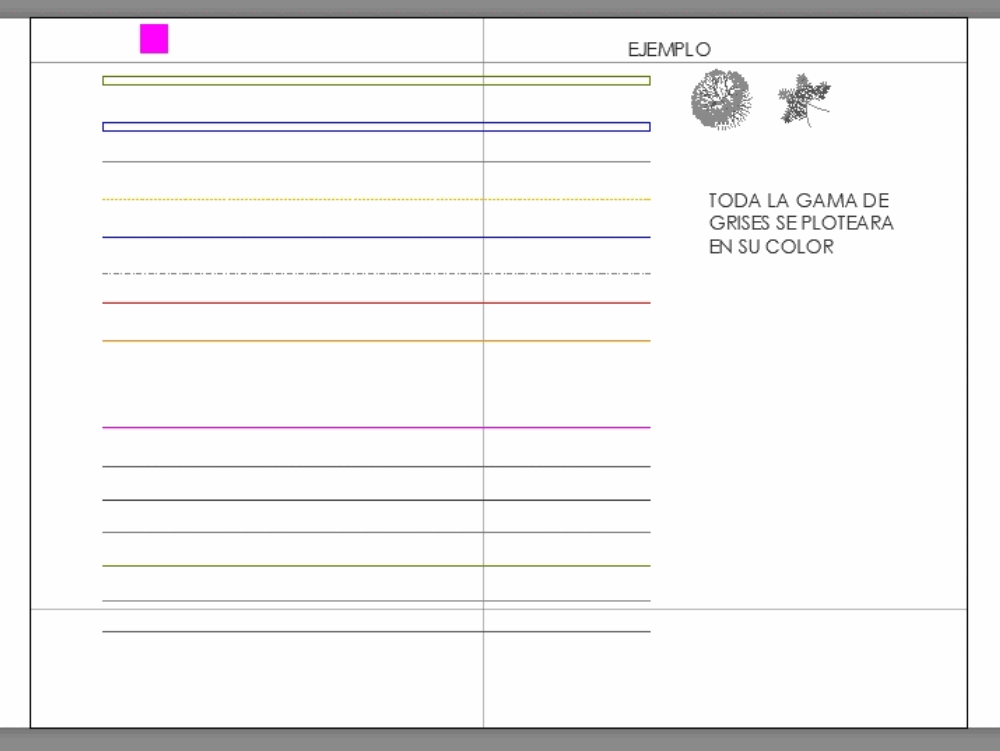

Read about linetype definitions, and you can vary the Scale of the embedded elements as desired.

There's more than one linetype definition suggestion on, so. So how can you change the scale in the lin itself to be visible at 1.0?

At 0.00001 scale of the linetype I copied from page 1, the arrows are visible but too small. That should certainly be doable with the appropriate rotational setting for the shape or text element, so maybe someone will be able to see why it didn't wrote: I tried creating another linetype with the arrow in the opposite direction. However, in order to be able to do that, it sometimes needs to change the entity type of certain objects, so having separate opposite-direction linetype definitions may be a better way to go for some people. Give this a try - ReverseDirection.lsp with its RD command.ĪutoCAD has a Reverse command in more recent versions, but RD also works in older versions that don't have that, and even in newer versions, works with more entity types than AutoCAD's command. You can either have two linetypes and use the appropriate one for each case, or you can reverse the drawn direction of an entity to change the direction of the arrows with a single linetype. It's dependent on the drawn direction of the entity even with a linetype definition that goes the other way, you would find it pointing the way you don't want sometimes. If you do find yourself creating your own linetype, remember even something like this is possible.Hey those linetypes worked great for me, but how do you change the direction of the arrows. Here is a list of some other free linetypes available online. These lisp routines will extract one or more linetype definitions from an existing DWG file into a. LIN file, visit Tee Square Graphics and download TO-LIN.lsp or NEW-LIN.lsp. If you want to extract a linetype from a DWG file and store the definition in a. Use DesignCenter to copy the linetype into your own file, or copy and paste an entity with that linetype applied. Do you have an existing DWG file with a linetype in it that you need. In the meantime, the easiest way to get a custom linetype you need is to find one that someone else has already made. One of those can be found here in part 1 and part 2. There is little sense in preparing a tutorial on creating custom AutoCAD linetypes, because there are dozens of those already available.


 0 kommentar(er)
0 kommentar(er)
